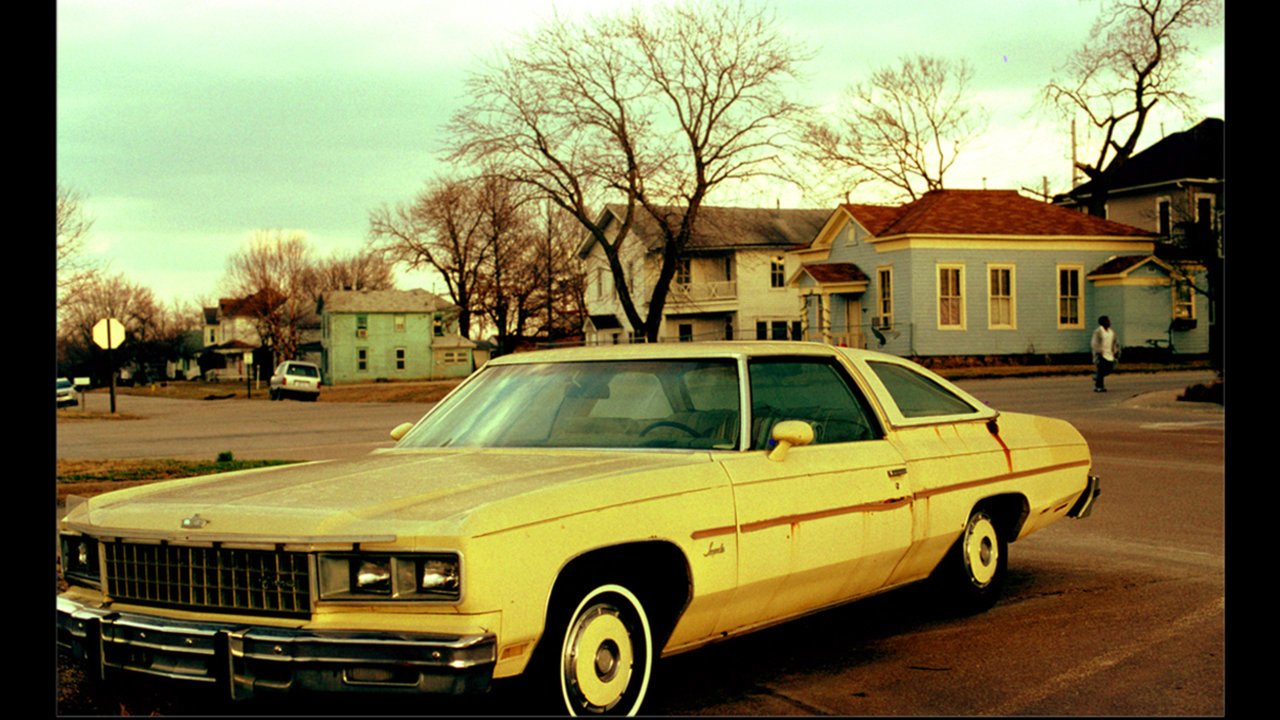
You'll just expose for the shadows and recover the highlights in scanning. You will do yourself a huge favor when you work with color negative film there. Some of those portraits are done with available light in contrasty conditions (direct sunlight with background in the shade). These latest-gen films don't suffer grain aliasing (as early versions of Portra are wont to do at ~2800-4000 dpi, for instance).
Realgrain kodachrome pro#
The advent of ultra low grain C41 films like Ektar 100 and Fujicolor Pro 160S helps tremendously in scanning these formats (35mm, 120, and to a lesser degree, 4x5). (Provided you have a 16-bit hardware scan, that is! Large tonality adjustments can really picket-fence the file and introduce banding and posterization otherwise).Įxtreme sharpness really hasn't been a problem with the best print films for a long time it's been grain-aliasing when scanned (and which lead to capture-sharpening artifacts) that's been a limiting bugaboo for smaller formats scanned on CCDs which have fixed-pitch dpi sensor arrays. Hope it's OK to post a link:Īnother enormous advantage of negative emulsions is that the dynamic range of the processed film itself is much smaller than for transparency (much less dense overall and especially in the shadows), so that cheap CCD scans look better, are really a breeze once a good profile is dialed in.

He's a photographer I've only just learned about. Especially his portraits of restaurant people and food shots. For transparency films, Astia 100F and Ektachrome E100G.įor reference to the look and feel I'm after, here's a link to a British photographer who's images are shot on film. I've been mostly using 120 Kodak Portra 400NC, but I'm thinking a slower speed emulsion might be better.įor color neg films I'm thinking of looking into the coming new Portra 400 emulsion, Portra 160NC, and Fujicolor 160S. But I thought I'd ask for some general advice. I'm going to be doing some testing of various other films.

Most of my scanning will be on a desk top scanner, not sent to a lab for pro scanning. I remember that years ago art directors at magazines were always getting transparencies, both because they were easier to look at and (I had always presumed) because transparency film made better scans then color neg film. My understanding (based on experience that is out-of-date) is that color neg offers a wider tonal range, while transparency film can offer more color saturation. Given today's emulsions, what are the general characteristics, strengths and weaknesses of using transparency film verses color neg film when they are put through the scanning process? I'm looking at end uses for both online viewing and for printing. I have a question I hope isn't too obvious or ridiculous.


 0 kommentar(er)
0 kommentar(er)
